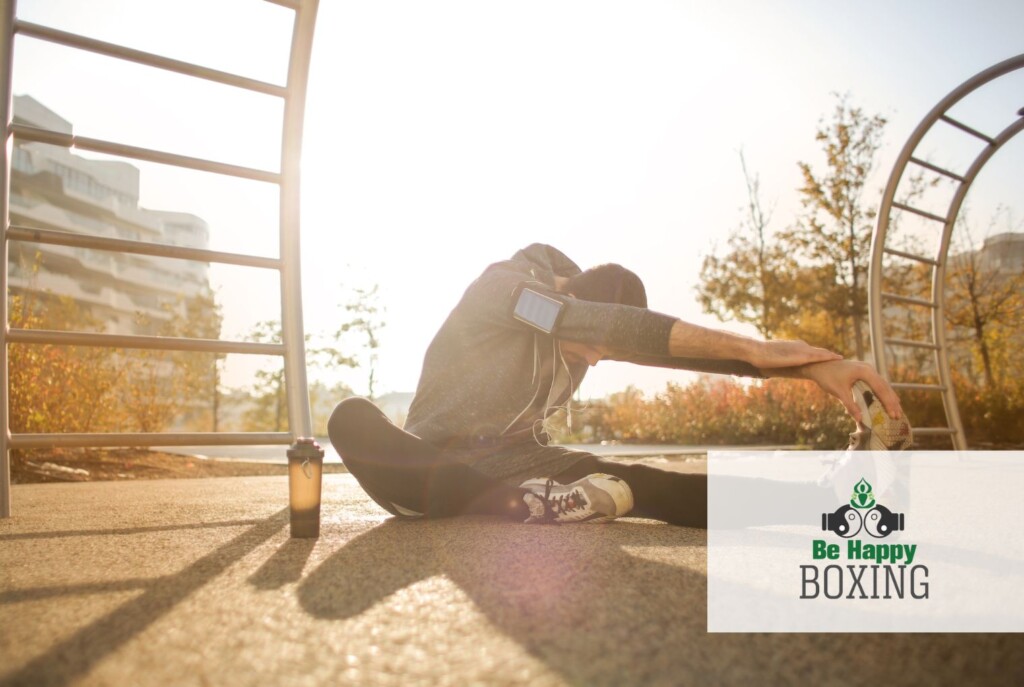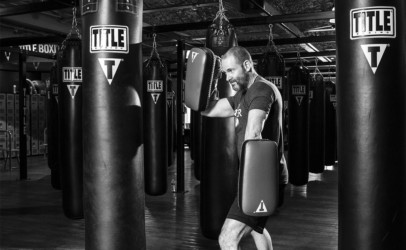Stretching is a fundamental part of any exercise routine. For beginners, it is important to start with simple movements that warm up the body and prepare the muscles for physical activity. A good routine of exercises to get flexible can help improve flexibility, reduce the risk of injury, and increase blood flow to the muscles. Therefore, in the following lines, we’ll explain the benefits of stretching, why it is important, and some of the exercises you can do to stay in shape.
Key Takeaways
- Stretching is essential in any exercise routine, especially for beginners.
- Good flexibility helps improve posture, reduce the risk of injury, facilitate muscle recovery, improve sports performance, and promote blood circulation.
- Some exercises to improve flexibility include yoga poses, muscle-specific stretches, and Pilates moves.
What is flexibility?
Flexibility refers to the ability of muscles and joints to carry out large and precise movements without suffering any type of damage.
Why is it important to have good flexibility?
Good flexibility is essential to have a favorable state of health, because:
- It improves posture and balance: Good flexibility helps maintain correct posture, thus promoting balance, which is essential for carrying out daily and sports activities.
- Reduces the risk of injury: When muscles and joints are flexible, they are less prone to injury as they can react better to unexpected movements.
- Facilitates muscle recovery: After exercise, stretching helps relax muscles as well as promote faster recovery.
- Improves sports performance: Flexibility allows a greater range of motion, which can translate into better performance in various sports disciplines.
- Promotes blood circulation: by constantly performing exercises to get flexible, there is a better distribution of nutrients to all the muscles of the body, and in the same way, multiple metabolic wastes are eliminated.
Exercises to get flexible that you can do regularly
At the gym, find a place where you can move freely to do stretching exercises for your muscles. Subsequently, perform the following exercises to get flexible for ten seconds each.
- Frog pose
- Hip Flexor Stretches
- Kneeling shoulders
- Thoracic rotation
- Neck exercises, such as flexion and extension
- Internal rotator stretch
- Abdominal area stretches
If you are wondering how to get flexible fast, you should keep in mind that it is a progressive work, to the extent that you carry out the entire exercise routine to improve flexibility, you will have the flexibility that you so desire, an aspect that ends up favoring your health.

How can I improve my flexibility through exercise?
Best exercises to improve flexibility? Here’s a short list:
- Yoga: It is a discipline in which a wide variety of postures (asanas) can be performed, and helps stretch the different parts of the body. By practicing it regularly, ranges of motion and muscle strength increase.
- Pilates: It consists of a technique, that also helps strengthen and lengthen your muscles thanks to the deep and stretching work carried out on the muscles of the abdomen, pelvis and back. It also accentuates the connection between body and mind.
Other benefits that both practices provide are stress relief, as well as improvements in posture. If you wish and to see faster results, you can implement any of these exercises to get flexible into your exercise routine, especially if you are a beginner.
How much time should you dedicate to exercises to get flexible?
If you are a beginner, the ideal is to invest at least 5 to 10 minutes in doing stretching exercises to get flexible before starting your exercise routine and another 5 to 10 minutes after finishing. This helps prepare your muscles for activity, but also allows them to recover properly.
Exercise improves flexibility?
Incorporating a stretching routine before and after any physical activity can offer numerous benefits to your health and well-being. Remember to perform exercises to get flexible gently and never force a stretch to the point of pain. Over time, but with regular practice, you will notice improvements in your overall mobility.
Summary
It is important to carry out stretching routines if you practice any exercise, especially if you are a beginner. This activity has certain benefits such as improving posture, reducing the risk of injuries, facilitating muscle recovery, improving sports performance and promoting blood circulation. To improve flexibility, you can perform yoga poses, stretches for specific muscles, and Pilates movements. It is recommended to dedicate at least 5 to 10 minutes before and after your exercise routine to stretch.
Frequently Asked Questions
Is it normal to feel pain during stretching?
You shouldn’t feel pain. If you feel pain, it’s a sign that you’re pushing the stretch too hard. You should feel a gentle tension in the muscle, but without pain. [1]
Can I do these stretches if I have an injury?
If you have an injury, it’s important to talk to a healthcare professional or physical therapist first. Some stretches can be beneficial, but others could worsen your condition. [2]
Is it better to stretch before or after exercise?
Both moments are important. Stretching before exercise helps warm up muscles and prepare them for physical activity while stretching afterward helps recovery and reduces muscle stiffness. [3]






1 Comments
Comments are closed.